Nature Communications化学类精选文章编辑推荐——有机化学和化学生物学
Julia Eckhoff 推荐
1. Discovery of a potent HMG-CoA reductase degrader that eliminates statin-induced reductase accumulation and lowers cholesterol
Shi-You Jiang, Hui Li, Jing-Jie Tang, Jie Wang, Jie Luo, Bing Liu, Jin-Kai Wang, Xiong-Jie Shi, Hai-Wei Cui, Jie Tang, Fan Yang, Wei Qi, Wen-Wei Qiu & Bao-Liang Song
https://www.nature.com/articles/s41467-018-07590-3

Accumulated HMG-CoA reductase (HMGCR) limits the cholesterol-lowering effect of statins via a feedback loop. Here the authors developed a compound that degrades HMGCR, thus decreasing cholesterollevels and reducing atherosclerotic plaques.
2. Cloaking nanoparticles with proteincorona shield for targeted drug delivery
Jun Yong Oh, Han Sol Kim, L. Palanikumar, Eun Min Go, Batakrishna Jana, Soo Ah Park, Ho Young Kim, Kibeom Kim, Jeong Kon Seo, Sang Kyu Kwak, Chaekyu Kim, Sebyung Kang & Ja-Hyoung Ryu
https://www.nature.com/articles/s41467-018-06979-4
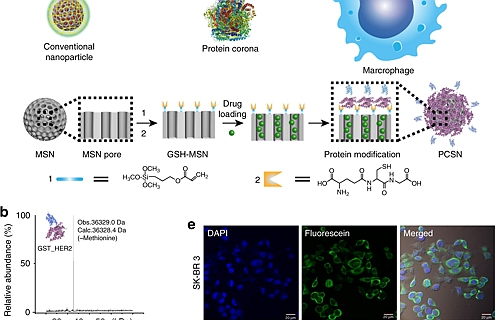
The efficacy of nanoparticles can be significantly inhibited by serum proteins binding to them. Here, the author developed a supramolecularly constructed protein corona on nanoparticles, which minimises interactions with serum proteins to prevent the clearance of these particles by macrophages.
3. Design of Peptoid-peptide Macrocycles to Inhibit the β-catenin TCF Interaction in Prostate Cancer
Jeffrey A. Schneider, Timothy W. Craven, Amanda C. Kasper, Chi Yun, Michael Haugbro, Erica M. Briggs, Vladimir Svetlov, Evgeny Nudler, Holger Knaut, Richard Bonneau, Michael J. Garabedian, Kent Kirshenbaum & Susan K. Logan
https://www.nature.com/articles/s41467-018-06845-3
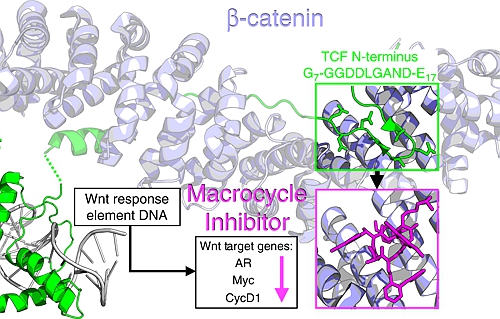
Small molecules and peptide inhibitors havetheir benefits and faults when it comes to inhibiting protein-protein interactions. Here, the authors designed a peptoid-peptide hybrid that inhibited β-catenin/TCF interactions, leading to inhibition of Wnt signallingin models of prostate cancer.
4. Dereplication of microbial metabolites through database search of mass spectra
Hosein Mohimani, Alexey Gurevich, Alexander Shlemov, Alla Mikheenko, Anton Korobeynikov, Liu Cao, Egor Shcherbin, Louis-Felix Nothias, Pieter C. Dorrestein & Pavel A. Pevzner
https://www.nature.com/articles/s41467-018-06082-8
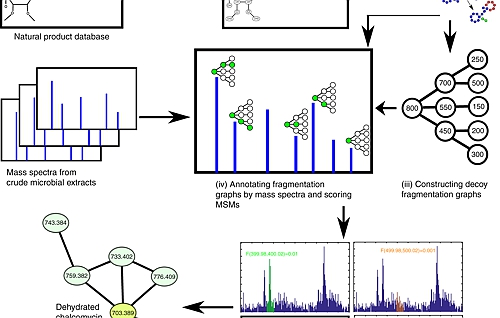
New natural products can be identified viamass spectrometry by excluding all known ones from the analysis, a processcalled dereplication. Here, the authors extend a previously published dereplication algorithm to different classes of secondary metabolites.
5. Converting organosulfur compounds to inorganic polysulfides against resistant bacterial infections
Zhuobin Xu, Zhiyue Qiu, Qi Liu, Yixin Huang, Dandan Li, Xinggui Shen, Kelong Fan, Juqun Xi, Yunhao Gu, Yan Tang, JingJiang, Jialei Xu, Jinzhi He, Xingfa Gao, Yuan Liu, Hyun Koo, Xiyun Yan &Lizeng Gao
https://www.nature.com/articles/s41467-018-06164-7
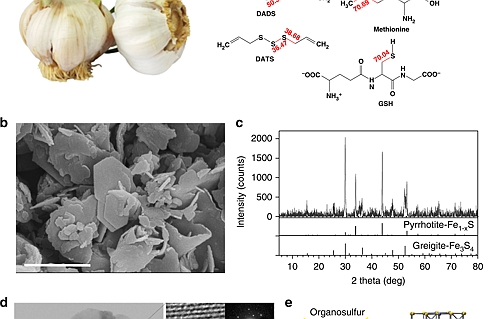
Garlic has a mild antibacterial activitydue to its organosulfur content. Here, the authors develop an approach to convert natural organosulfur into iron-sulfur nanosheets, with significantly higher antibacterial activity that can be used against infections as well asbiofilms.
6. Total synthesis and antimicrobial evaluation of natural albomycins against clinical pathogens
Zihua Lin, Xiaobo Xu, Sheng Zhao, Xiaohong Yang, Jian Guo, Qun Zhang, Chunmei Jing, Shawn Chen & Yun He
https://www.nature.com/articles/s41467-018-05821-1
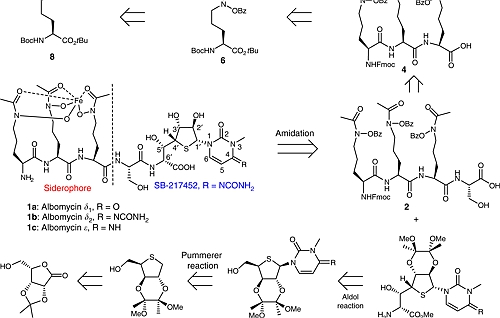
Albomycins are promising drug candidatesfor the treatment of bacterial infections. Here, the authors describe the totalsyntheses of albomycins δ1, δ2, and ε, and evaluate their antimicrobial activity, identifying albomycin δ2 as a strong agent against S. pneumoniae and S. aureus infections.
Johannes Kreutzer 推荐
1. Orthogonal programming of heterogeneous micro-mechano-environments and geometries in three-dimensional bio-stereolithography
Hang Yin, Yonghui Ding, Yao Zhai, Wei Tan& Xiaobo Yin
https://www.nature.com/articles/s41467-018-06685-1
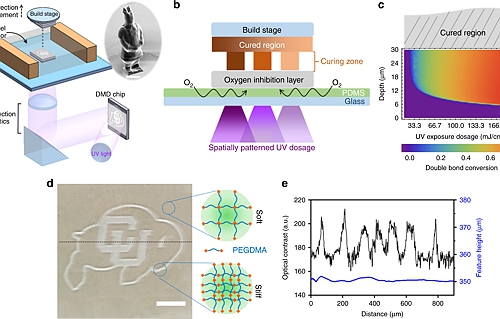
Tuning the mechanical properties of extracellular matrix is of great interest in tissue engineering but spatial control over stiffness in hydrogels has been demonstrated in two dimensionsonly. Here the authors developed a layer-by-layer printing technique which uses oxygen inhibition to control the heterogeneous stiffness in 3D printed structures.
2. Synthesis and assembly of colloidalcuboids with tunable shape biaxiality
Yang Yang, Guangdong Chen, SrinivasThanneeru, Jie He, Kun Liu & Zhihong Nie
https://www.nature.com/articles/s41467-018-06975-8
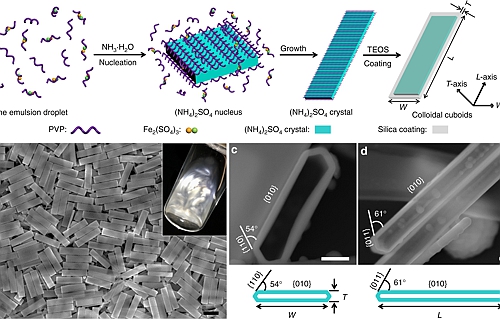
Monodisperse biaxial colloidal particles are used as model systems to understand the phase behavior of biaxial molecules but high-quality biaxial colloids are limited. Here the authors describe gram-scale synthesis of uniform biaxial colloidal cuboids and their assembly into mesophasic structures.
3. Enhanced diffusion by binding to the crosslinks of a polymer gel
Carl P. Goodrich, Michael P. Brenner &Katharina Ribbeck
https://www.nature.com/articles/s41467-018-06851-5
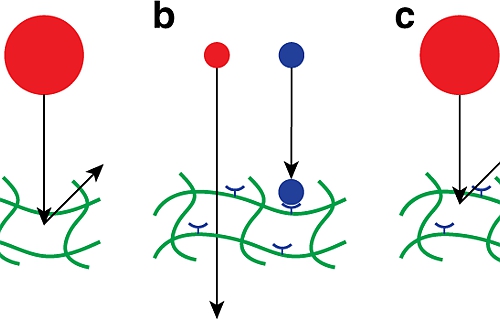
Gels filtering particles by interactions are a goal of nanotechnology; this is difficult when particles are larger than the mesh of the gel. Here, the authors present an equilibrium mechanism where binding dynamics of crosslinks are affected by interacting particles so that particles experience enhanced diffusion.
4. Superplasticity in an organic crystal
Satoshi Takamizawa, Yuichi Takasaki,Toshiyuki Sasaki & Noriaki Ozaki
https://www.nature.com/articles/s41467-018-06431-7
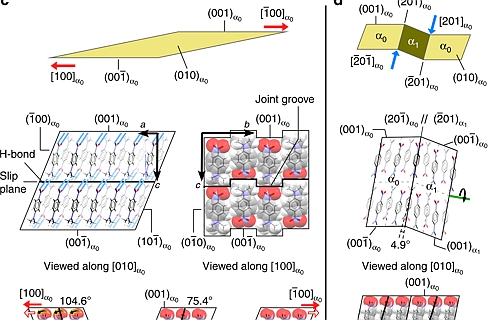
Superplasticity enables processing on hard-to-work solids but superelastic deformation, especially in asingle-crystal-to-single-crystal manner, was not demonstrated for organic crystals so far. Here the authors demonstrate asingle-crystal-to-single-crystal superplasticity in a crystal of N,N-dimethyl-4-nitroaniline.
5. Solvatochromic covalent organic frameworks
Laura Ascherl, Emrys W. Evans, Matthias Hennemann, Daniele Di Nuzzo, Alexander G. Hufnagel, Michael Beetz, Richard H. Friend, Timothy Clark, Thomas Bein & Florian Auras
https://www.nature.com/articles/s41467-018-06161-w
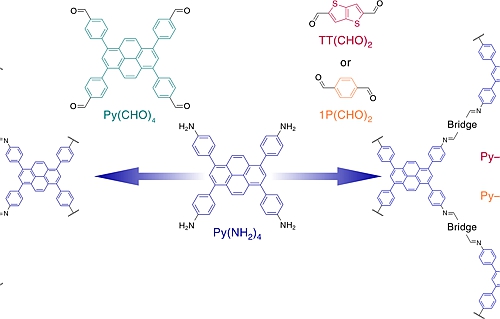
Covalent organic frameworks (COFs) find increasing application as sensor material, but fast switching solvatochromism was not realized. Here the authors demonstrate that combination of electron-rich and -deficient building blocks leads to COFs which fast and reversibly change of their electronic structure depending on the surrounding atmosphere.
6. Role of hydrogen bonding in hysteresis observed in sorption-induced swelling of soft nanoporous polymers
Mingyang Chen, Benoit Coasne, Robert Guyer, Dominique Derome & Jan Carmeliet
https://www.nature.com/articles/s41467-018-05897-9
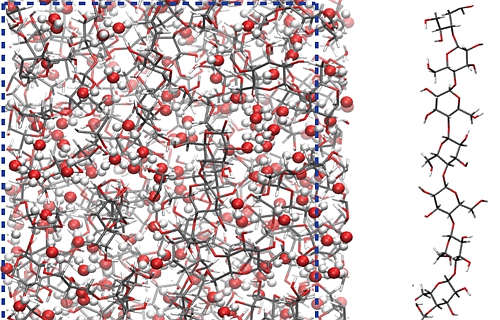
Water uptake of natural polymers is accompanied by swelling and changes in the internal structure of the polymeric system but the exact mechanism of water-uptake and swelling remained unknown. Here the authors use atom-scale simulations to identify a molecular mechanism which is responsible for hysteresis in sorption-induced swelling in naturalpolymers.
Prabhjot Saini 推荐
1. Tuning anhydrous proton conduction insingle-ion polymers by crystalline ion channels
Onnuri Kim, Kyoungwook Kim, U. Hyeok Choi& Moon Jeong Park
https://www.nature.com/articles/s41467-018-07503-4
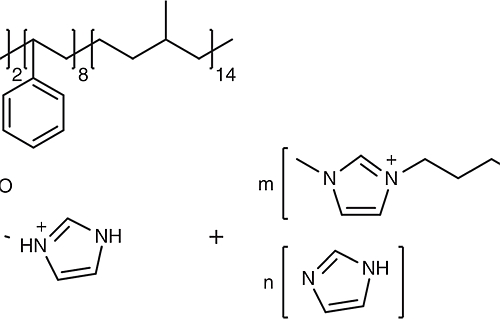
High-conductivity solid-state electrolyte materials with minimal polarization loss are difficult to synthesize. Here the authors show single-ion block copolymers with crystalline protogenic channels having a promising potential to be used as efficient proton conductors.
2. Identifying the missing link in catalyst transfer polymerization
Weiying He, Brian O. Patrick & PierreKennepohl
https://www.nature.com/articles/s41467-018-06324-9
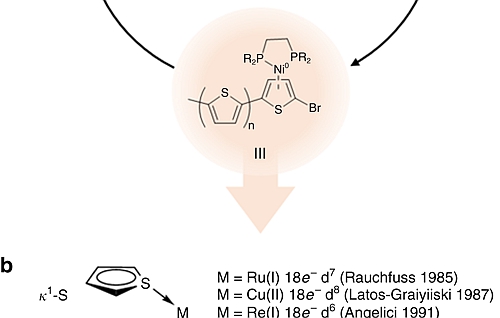
The mechanism for nickel-catalyzed catalyst transfer polycondensation of thiophenes to polythiophenes. Here the authors show experimental and computational evidence of structurally characterized square planar η2-Ni(0)–thiophene species and their relevance to the mechanism of catalyst transfer polycondensation.
3. Multifunctional sequence-defined macromolecules for chemical data storage
Steven Martens, Annelies Landuyt, Pieter Espeel, Bart Devreese, Peter Dawyndt & Filip Du Prez
https://www.nature.com/articles/s41467-018-06926-3
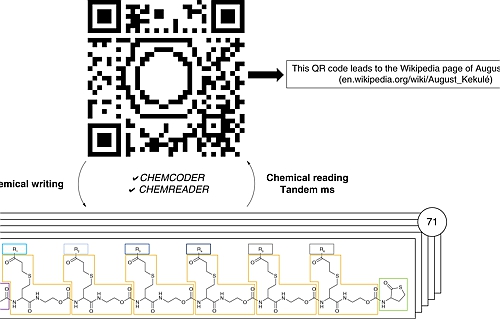
Sequence-defined macromolecules consist of a defined chain length and topology and can be used in applications such asantibiotics and data storage. Here the authors developed two algorithms toencode text fragments and QR codes as a collection of oligomers and to reconstruct the original data.
4. Cooperative supramolecular polymers with anthracene‒endoperoxide photo-switching for fluorescent anti-counterfeiting
Zhao Gao, Yifei Han & Feng Wang
https://www.nature.com/articles/s41467-018-06392-x
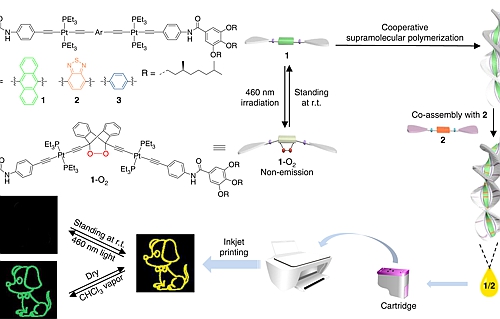
There is a continual pursuit for different ways to detect counterfeiting in today's society. Here the authors show photo-responsive supramolecular polymers can be used in fluorescent anti-counterfeit applications, by taking advantage of multicycl eanthracene‒endoperoxide switching properties.
5. Post-polymerisation functionalisation of conjugated polymer backbones and its application in multi-functional emissive nanoparticles
Adam Creamer, Christopher S. Wood, Philip D. Howes, Abby Casey, Shengyu Cong, Adam V. Marsh, Robert Godin, Julianna Panidi, Thomas D. Anthopoulos, Claire H. Burgess, Tingman Wu, Zhuping Fei, Iain Hamilton, Martyn A. McLachlan, Molly M. Stevens & Martin Heeney
https://www.nature.com/articles/s41467-018-05381-4
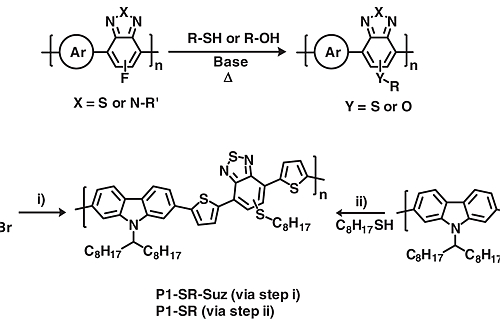
Functionalisation of conjugated polymers is essential for performance in many applications, yet there are limited approaches to achieve this. Here the authors developed a method for the direct postpolymerisation modification of the aromatic backbone of conjugated polymersand used them to create multifunctional semiconducting nanoparticles.
6. Binder driven self-assembly of metal-organic cubes towards functional hydrogels
Papri Sutar, Venkata M. Suresh, Kolleboyina Jayaramulu, Arpan Hazra & Tapas Kumar Maji
https://www.nature.com/articles/s41467-018-05818-w
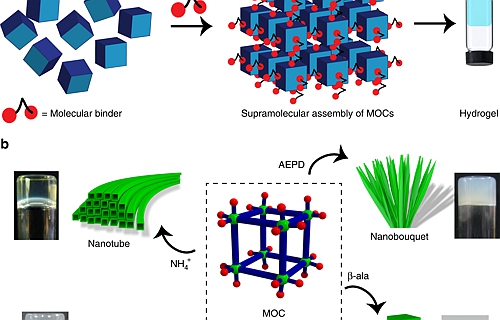
A possible route to producing processable soft materials is by assembling metal organic cubes into hydrogels. Here the authors show charge-assisted H-bond driven self-assembly of Ga3+-based anionic metal organic cubes and suitable molecular binders towards multi-functional hydrogels.
查看更多编辑推荐文章,请点击下方链接
如果篇首注明了授权来源,任何转载需获得来源方的许可!如果篇首未特别注明出处,本文版权属于 X-MOL ( x-mol.com ), 未经许可,谢绝转载!








































 京公网安备 11010802027423号
京公网安备 11010802027423号